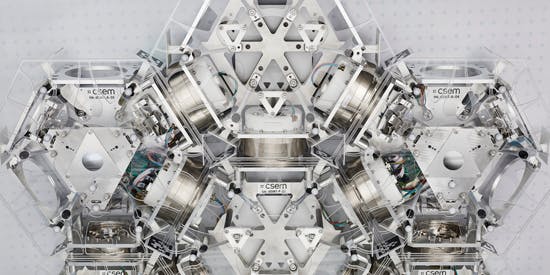
Space telescopes give scientists unprecedented insight into how our universe works. The well-known Hubble Telescope led to major breakthroughs in astronomy, and hopes are now high for its successor, the James Webb Space Telescope (JWST). Launched on December 25, 2021, the satellite is en route to its destination (1.5 million kilometers from Earth), and should reach this point by January 24, 2022.
However, the potential for further discoveries is running up against a physical limit: the size of the telescope. To explore deeper and further into space, telescopes must grow to epic sizes. Given the limited payload capacity of spacecraft, sending such behemoths into space presents a real challenge.



